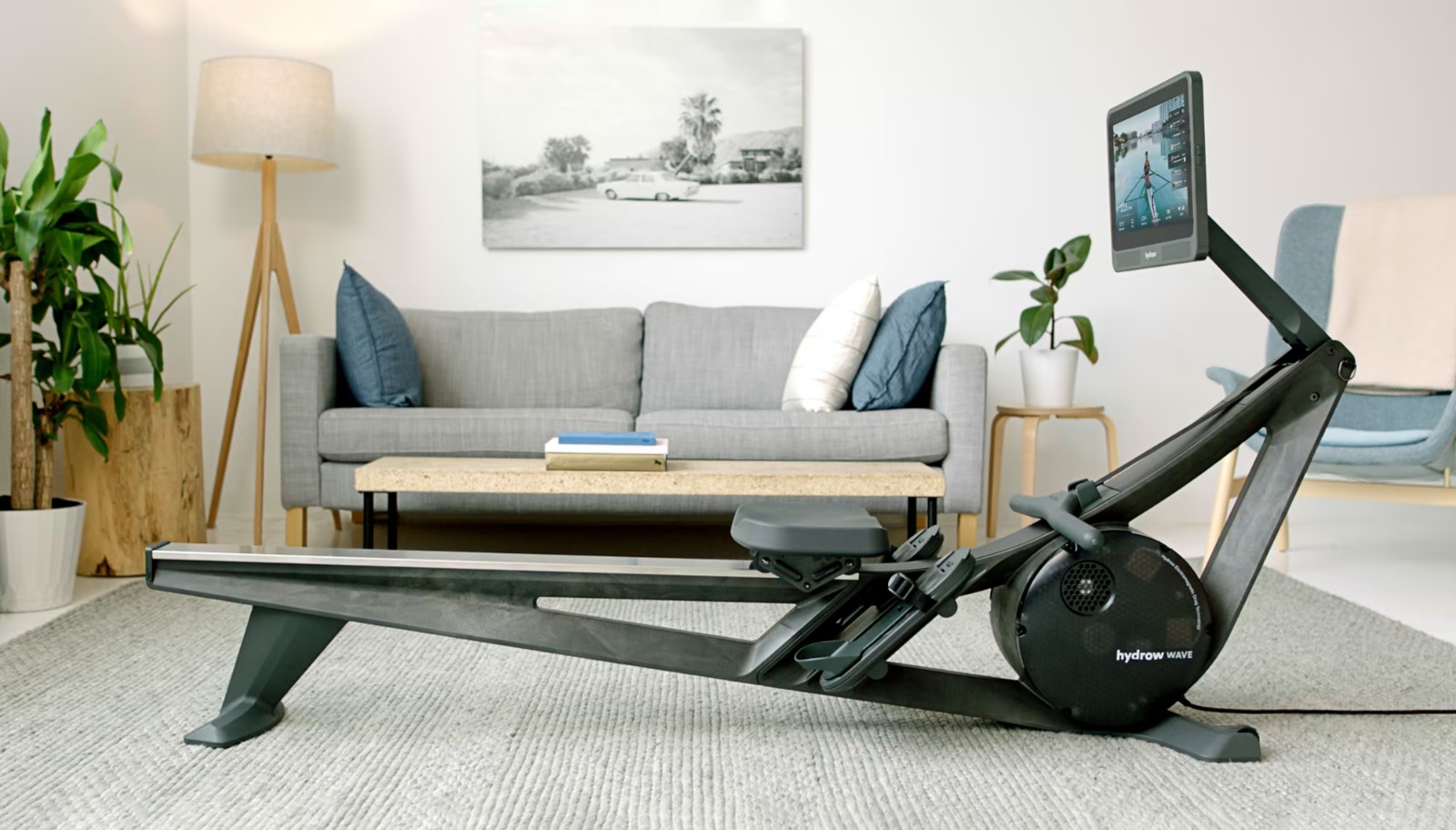
How to Balance Work and Leisure With Intentional Scheduling
Discover how to prioritize both productivity and relaxation by mastering the art of intentional scheduling, ensuring that work doesn’t overshadow the essential joy of leisure and self-care.
💪 Fitness Guru
24 min read · 22, Jan 2025

Introduction: The Dance of Work and Leisure
In today’s fast-paced world, the boundaries between work and leisure have become increasingly blurred. With technology constantly buzzing in our pockets, the pressure to stay on top of professional tasks never really goes away. Whether you’re working from home or the office, it can often feel like there’s never a moment to fully unwind. Yet, the key to maintaining both productivity and well-being lies in one simple, yet powerful concept: intentional scheduling.
Scheduling isn’t just about jotting down meetings and deadlines; it’s about consciously carving out time for both work and leisure. When done right, intentional scheduling can help you strike a balance that allows you to perform at your best professionally while still prioritizing your personal time. In this article, we will explore how to harness the power of intentional scheduling to find harmony between the demands of work and the need for relaxation.
Understanding the Importance of Balance
Imagine waking up every day with a clear sense of purpose—knowing when you’ll dive into your tasks and when you’ll step back to recharge. That’s the power of balance. For many, the stress of constant work leads to burnout, while others find that too much free time can lead to procrastination or feelings of unfulfillment. Striking a balance between work and leisure is crucial not only for productivity but also for overall mental and physical health.
Leisure time isn’t just a luxury; it’s an essential part of maintaining your energy, creativity, and motivation. A well-rested mind is far more effective and focused than one that’s overstressed or overworked. This is where the concept of intentional scheduling comes into play. It’s about creating a rhythm where both your work and leisure are treated with equal importance.
Intentional Scheduling: The Key to Balance
So, how does one begin to craft an intentional schedule? The first step is acknowledging that you can’t just let your day unfold haphazardly. To be intentional, you need to plan. However, this doesn’t mean creating an overly rigid routine that leaves no room for spontaneity. The goal is to structure your day in a way that allows space for both focused work and meaningful leisure.
One powerful tool in intentional scheduling is the time block method. This involves dividing your day into blocks of time dedicated to specific activities. For example, you might set aside a block of time in the morning for work, followed by a break for lunch or a walk, and then another block of focused work in the afternoon. The key is to schedule both work and leisure into your day, so neither one overwhelms the other.
Scheduling Work: Creating a Productive Rhythm
When it comes to scheduling work, it’s essential to prioritize tasks based on urgency and importance. Break your workday into blocks of deep focus and short breaks. This technique, often called the Pomodoro Method, involves working for 25 minutes, followed by a 5-minute break. After four rounds of focused work, take a longer break. By segmenting your time into manageable chunks, you can maintain high levels of productivity without feeling mentally drained.
Within these time blocks, it’s important to focus on your most important tasks first. Start your day with the hardest or most urgent tasks, and then tackle lighter, more creative work as your energy naturally dips. By working in a focused, intentional way, you can maximize your productivity without overexerting yourself.
Embracing Leisure: The Power of Rest
Leisure is often seen as the time we fill when we’re not working. However, intentional scheduling requires us to view leisure as equally important as work. It’s not a luxury—it’s a necessity. Without downtime, our brains become overwhelmed, and our productivity diminishes.
To ensure you’re prioritizing leisure, schedule it just as you would a work task. Whether it’s a 30-minute yoga session, a long walk in nature, reading a book, or simply sitting in silence, these moments of relaxation are critical for maintaining mental clarity and emotional balance. Don’t let the guilt of “not working” creep in during these moments. Rest is vital for rejuvenation, creativity, and overall well-being.
Avoiding the Trap of Overwork
In a world that constantly glorifies busyness, it’s easy to fall into the trap of overworking. Overwork can lead to burnout, decreased creativity, and even physical health problems. One of the challenges of intentional scheduling is recognizing when work is taking too much of your time.
To prevent overwork, set boundaries for yourself. This might mean setting specific work hours and sticking to them or turning off your phone or email notifications during leisure time. The idea is to give yourself permission to fully engage in rest without feeling the pull of work. Remember, balance is about creating a rhythm where both work and leisure are respected and given their due time.
Building Flexibility Into Your Schedule
While it’s important to have a plan, it’s equally important to be flexible. Life is unpredictable, and sometimes things don’t go according to plan. Rather than feeling frustrated when unexpected events arise, try to incorporate a sense of flexibility into your schedule. This could mean shifting tasks around or allowing extra time for leisure if you’re feeling burnt out.
Flexibility also applies to how you view your leisure time. If your initial plan was to spend an hour reading a book but you’re craving a spontaneous outing with friends, allow yourself that freedom. Intentional scheduling is about creating space for both structured productivity and spontaneous moments of joy.
Making Time for Self-Care and Personal Growth
In addition to work and leisure, it’s essential to carve out time for self-care and personal growth. This could involve activities like meditation, journaling, taking up a new hobby, or working on a personal project. These activities nourish your mind, body, and spirit and contribute to a more balanced and fulfilled life.
By scheduling time for self-care, you remind yourself that you are more than just your job or your leisure activities. You are a whole person with unique needs and desires. When you prioritize self-care in your schedule, you are also investing in your future happiness and productivity.
Reviewing and Adjusting Your Schedule Regularly
An intentional schedule isn’t static—it should evolve as your needs and priorities change. At the end of each week, take a moment to review how your schedule went. Did you manage to balance work and leisure effectively? Were there moments when you felt overwhelmed or too burnt out? Use this feedback to adjust your schedule for the upcoming week.
Regularly evaluating your schedule ensures that it remains aligned with your values and goals. It’s a dynamic process that helps you stay in tune with your needs and make adjustments as necessary.
Conclusion: Achieving a Harmonious Work-Life Balance
The key to a fulfilling life lies in balance. By embracing intentional scheduling, you can create a life where work doesn’t overshadow your need for rest, relaxation, and personal growth. When you approach your day with a clear sense of purpose—knowing when to focus and when to unwind—you’ll find that both productivity and leisure can coexist harmoniously.
Remember, balance isn’t about perfection. It’s about finding a rhythm that works for you and allows you to live a more fulfilling and intentional life. So, take control of your time, make room for what matters, and enjoy the peace that comes from truly balancing work and leisure
Q&A: Your Intentional Scheduling Questions Answered
Q: How do I start intentional scheduling if I have a busy work schedule?
A: Start small! Begin by scheduling just one block of leisure time each day, even if it’s just 15 minutes. As you get comfortable, gradually incorporate more balanced scheduling throughout your week.
Q: How can I ensure I don’t feel guilty about taking leisure time?
A: Recognize that rest is essential for productivity. Just as you schedule work, schedule relaxation with the same importance. It’s an investment in your well-being and future productivity.
Q: What if my work schedule is unpredictable, how can I plan around that?
A: Build flexibility into your schedule. Rather than rigid time blocks, try to allocate a general idea of when you’ll work and when you’ll rest, adjusting as necessary based on the demands of your day.
Q: Can intentional scheduling help with work-related stress?
A: Yes! By intentionally blocking off time for both work and relaxation, you reduce the feeling of being overwhelmed. This structure helps you stay focused, reduce stress, and improve your work-life balance.
Q: How do I stay consistent with intentional scheduling?
A: Consistency comes with habit. Start by setting realistic goals for your schedule, and review it regularly. With time, it will become a natural part of your routine, leading to lasting balance.
Similar Articles
Find more relatable content in similar Articles

Eco-Fitness: Training While Helping the Environment...
Eco-Fitness is a transformativ.. Read More

Fitness on a Budget – Training With Household Items...
Transform your home into a ful.. Read More

How Gardening Counts as a Full-Body Workout...
“Discover how gardening goes b.. Read More

Parenting and Fitness: Turning Playtime Into Workouts...
Discover how parents can seaml.. Read More
© 2024 Copyrights by rFitness. All Rights Reserved.